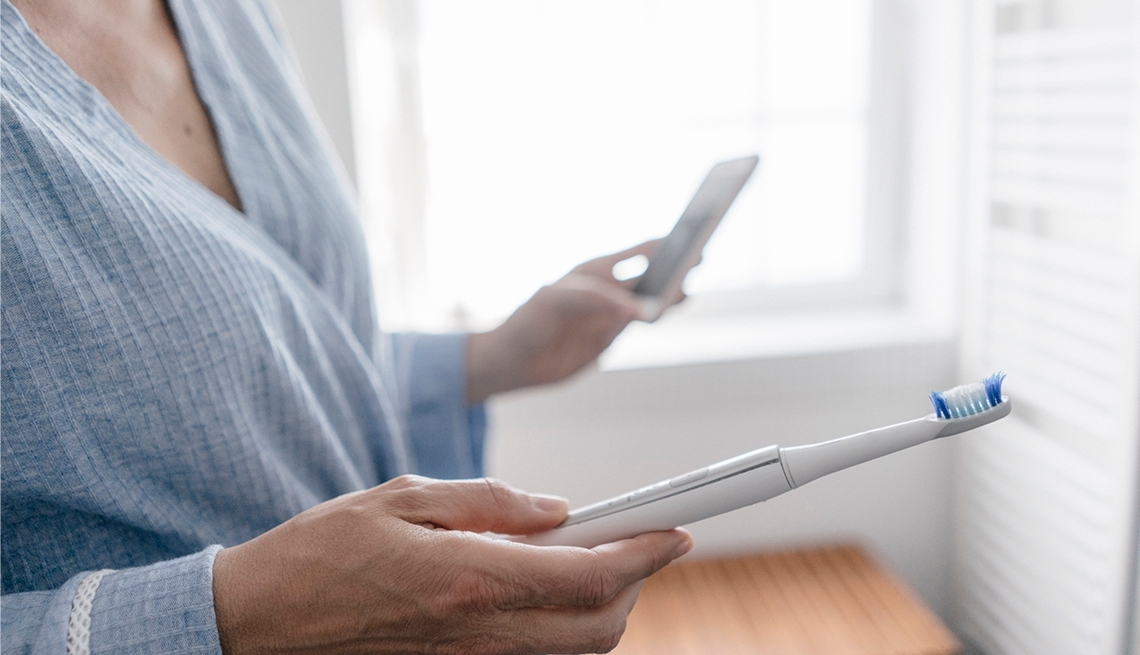Dental apps promise speed, convenience and low costs
- Select a language for the TTS:
- UK English Female
- UK English Male
- US English Female
- US English Male
- Australian Female
- Australian Male
- Language selected: (auto detect) - EN

Play all audios:

What do many people fear more than a dentist? A dentist's bill. That's particularly true for many older Americans. According to a National Health Interview Survey, in 2017 less
than a third of adults 65 and older had dental insurance. This means that, for many people, early symptoms of impending oral-health issues may be ignored. Here's one solution: Snap a
few photos of your mouth and get a dental diagnosis with a bill that won't be so hard to swallow. Toothpic, a smartphone app from the teledentist network OralEye, provides access to a
dentist from a network of more than 150 nationwide. For simple matters, the app guides you on how to take pics of your teeth and gums; your diagnosis and treatment plan will arrive within
six hours. Cost: $10. I tried it for a recent Sunday-afternoon query about a bleeding gum and got this diagnosis and treatment plan in under 30 minutes: My receding gums were exposing crown
gaps, so I was told to rinse with a 3 percent hydrogen peroxide solution before brushing. More extensive virtual exams are costlier and may take up to two days to receive replies. FOR EXPERT
TIPS TO HELP FEEL YOUR BEST, GET AARP’S MONTHLY _HEALTH_ NEWSLETTER. For more serious oral issues, a service called the TeleDentists can arrange for you to get a video consultation, on your
smartphone or computer, with one of 200 licensed dentists nationwide (using the same type of telemedicine technology that allows medical professionals to work with astronauts on the
International Space Station). This service costs $69 for about 15 minutes with a dentist, who can provide a preliminary diagnosis and suggest temporary solutions to help allay immediate
fears and pain. After your teleconsultation, both Toothpic and the TeleDentists encourage you to see a dentist in person for follow-up; the TeleDentists boasts it can get you a physical
appointment with an area dentist within 24 hours of your virtual visit. Both services are part of a growing telehealth movement, but experts stress, in general, that teledentistry should
complement, not replace, time in a dentist's office. “It is a dental lifeline for rural and underserved populations,” says M. B. Ackerman, a Massachusetts dentist and executive director
of the American TeleDentistry Association. Adds Atlanta-area dentist Brian Vancil (also an OralEye network dentist), “Using the service can give a patient peace of mind in between dental
visits, but we recommend that all individuals see a dental professional every six months.”